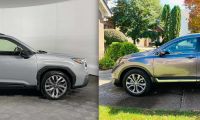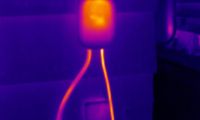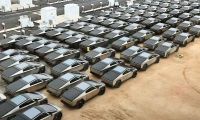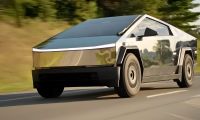The battery design has the potential to store one kilowatt-hour per kilogram or more, four times more than lithium-ion battery technology, which would be transformational to electrify transportation, especially heavy vehicles such as planes, trains and submarines.
The design involves combining a high-energy-density cathode material with a non-toxic and cheap electrolyte, an organic solvent, and an air cathode, to create a device that allows ions to flow quickly in and out of the cathode. This chemistry, when combined with the right materials, is the key to achieving ultra-high power densities.
Prof. Asadi basically wanted to make a battery with a solid electrolyte, which would provide safety and power as compared to liquid electrolyte batteries, and was looking for an option that would be compatible with the cathode and anode technologies he has been developing for use in lithium-air batteries.
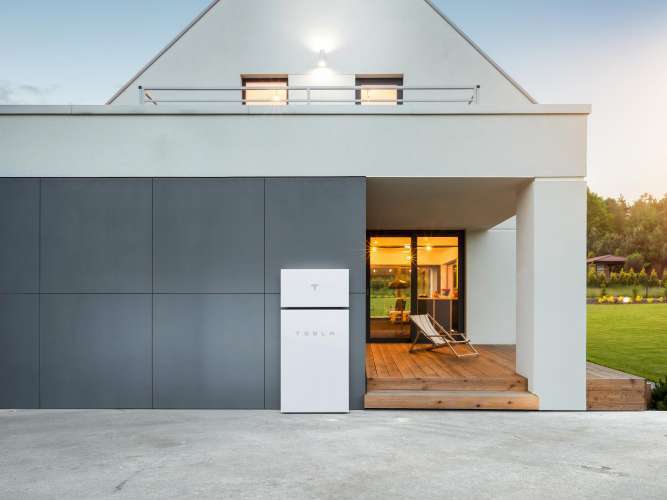
He chose a mixture of polymer and ceramic, which are the two most common solid electrolytes, but both have drawbacks in practical terms. By combining them, Asadi found that he could take advantage of the high ionic conductivity of the ceramic and the high stability and high inter-facial connection of the polymer.
The result allows the critical reversible reaction that enables the battery to function - the formation and decomposition of lithium dioxide - to occur at high rates at room temperature, the first demonstration of this type in a lithium-air battery. As described in the Science magazine article, Asadi has carried out a series of experiments that scientifically demonstrate how this reaction actually occurs.
“We found that this solid-state electrolyte contributes about 75% of the total energy density. That tells us that there's a lot of room for improvement, because we think we can minimize that thickness without compromising performance, and that would allow us to achieve very, very high energy density”, Prof. Asadi mentioned.
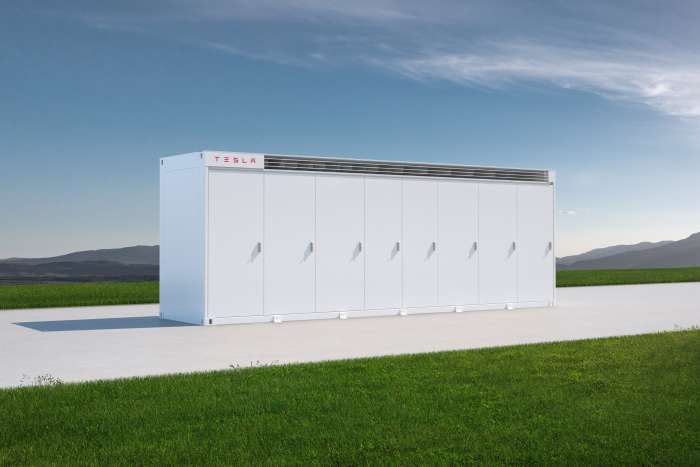
These experiments were performed in collaboration with the University of Illinois in Chicago and the Argonne National Laboratory. Prof. Asadi says the team plans to work with industrial partners in order to optimize the battery design and prepare it for large-scale manufacturing. “The technology is a breakthrough and has opened up a wide range of possibilities to bring these technologies to market”, Asadi also stated.
He emphasized that further research and development is still needed to develop and optimize this new battery technology. Key challenges to bring it to market include developing new materials that are therefore scalable and cost-effective. He is hopeful that this work can have a real impact on the energy storage market and the transportation industry, and help electrify transportation on larger scales.
“We are really excited about this new technology and the opportunities it provides the energy storage market”, he concluded. “We think it really can revolutionize batteries and transportation”.
Despite the challenges, this new chemistry has the potential to revolutionize electric transportation and dramatically reduce the cost and environmental impact of battery-powered vehicles.
Sources: Illinois Tech & Science
All images courtesy of Tesla Inc.
Nico Caballero is the VP of Finance of Cogency Power, specializing in solar energy. He also holds a Diploma in Electric Cars from Delft University of Technology in the Netherlands, and enjoys doing research about Tesla and EV batteries. He can be reached at @NicoTorqueNews on Twitter. Nico covers Tesla and electric vehicle latest happenings at Torque News.








